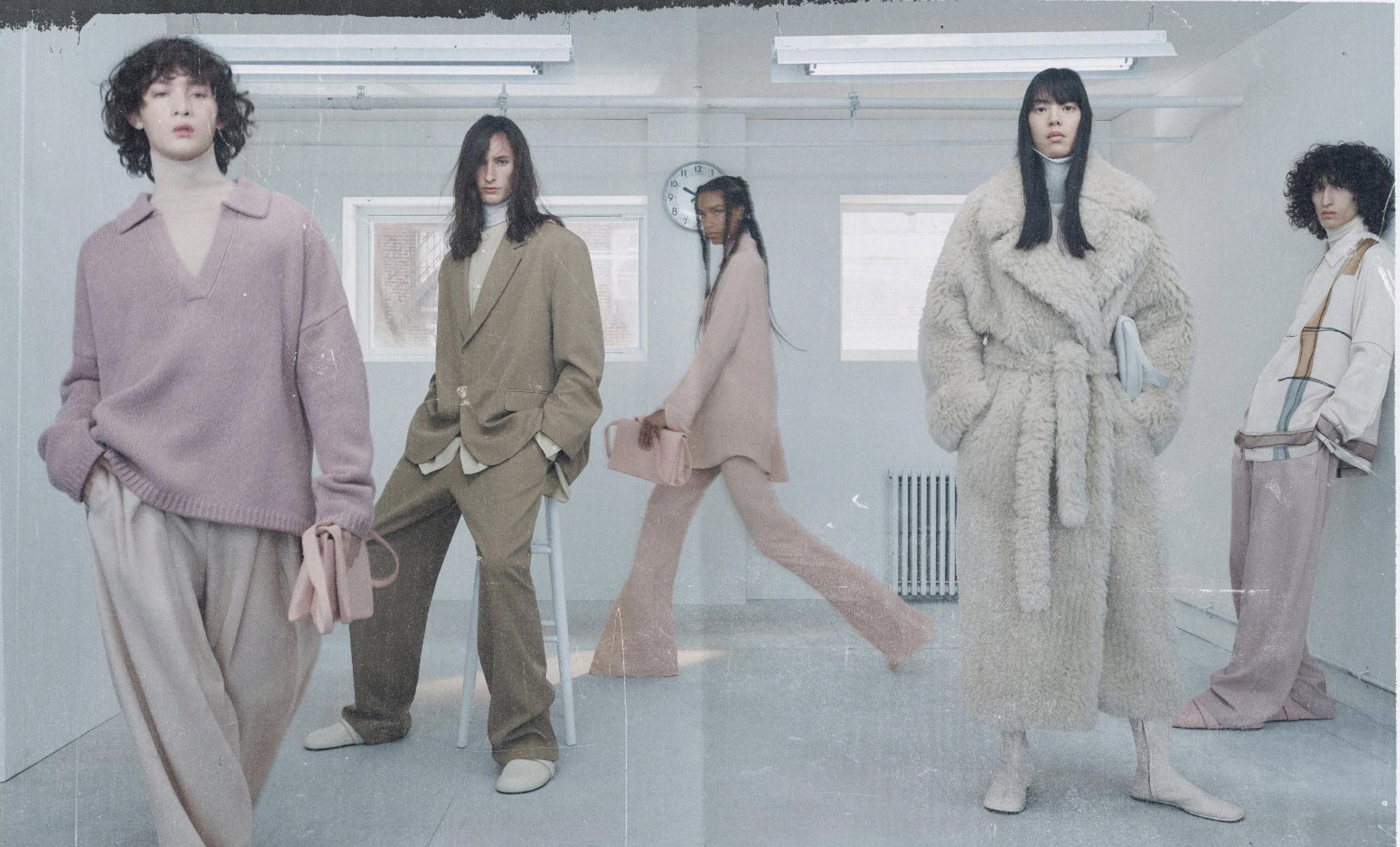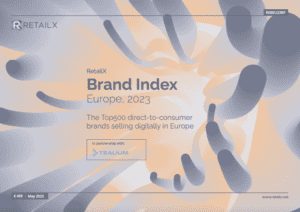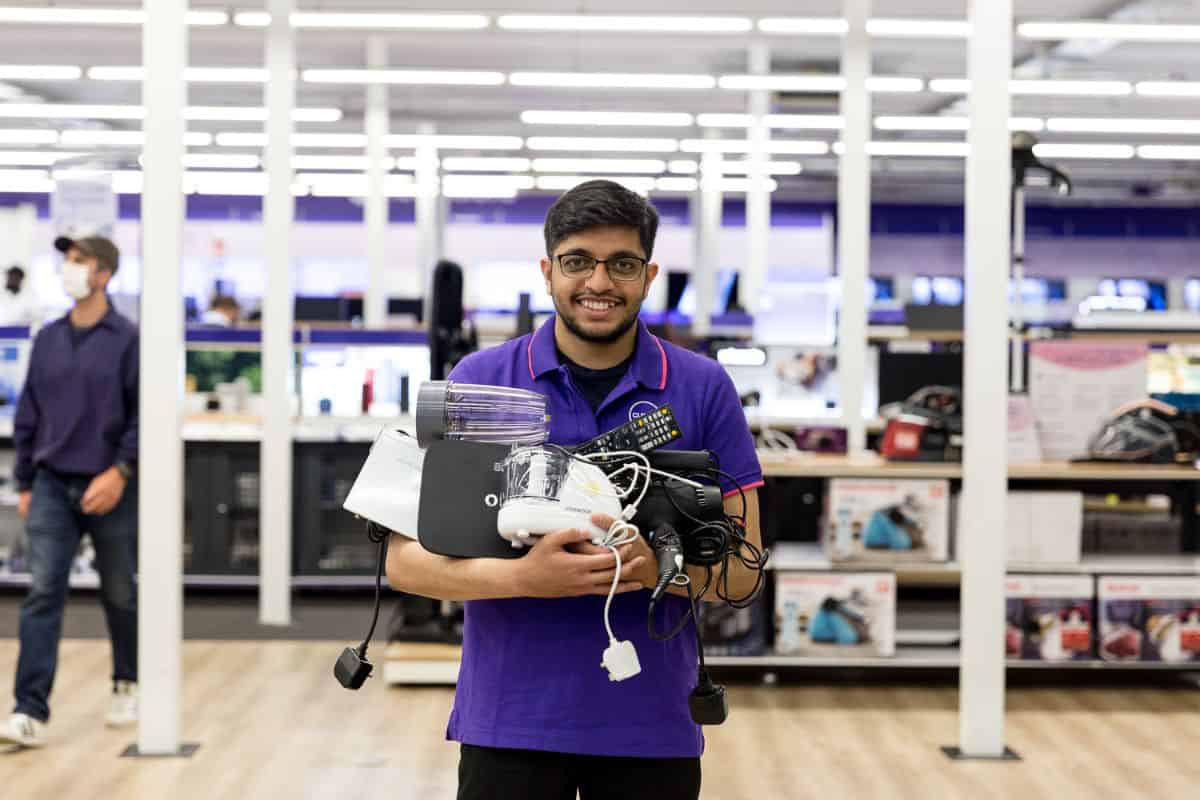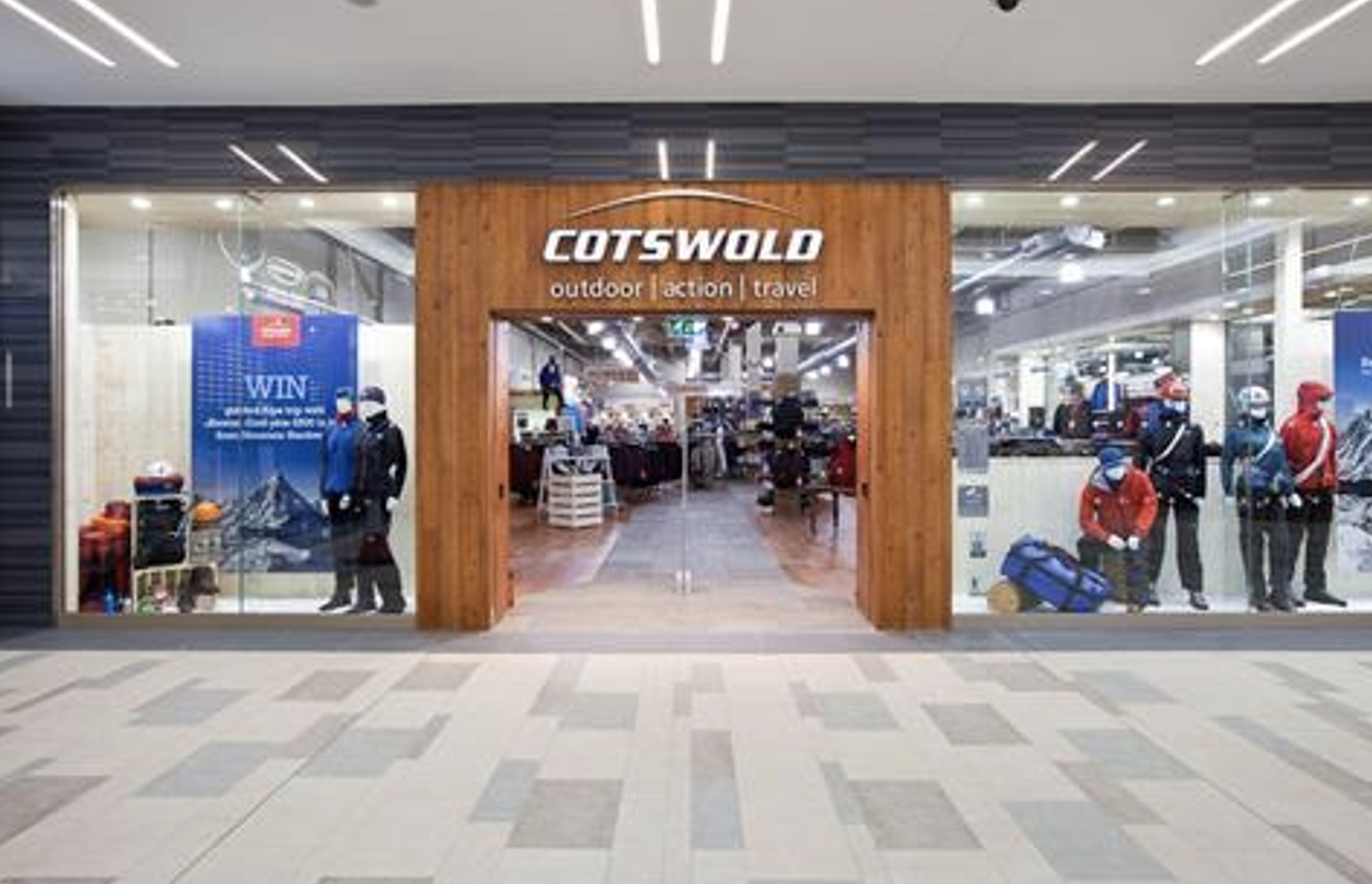Spanish fashion giant Inditex has credited a “very well received” Autumn/Winter collection, as its nine month results show sales grew by over 11%.
Zara’s owner reported growth both in stores and online, with strong holiday season trading. Its peak sales were up 14% in the six weeks to 11 December.
“They’re in a very good place and they continue to gain strong market share,” said Alistair Wittet, portfolio manager at Comgest in Paris, which holds Inditex shares.
The RetailX Brand Index Europe 2023 report features a company profile highlighting how Zara gained such a strong market share.
The profile looks at how the global fashion brand enables its shoppers to browse and buy from an image-led, mobile-first website and from stores around the world. The brand’s roots go back to founder Amancio Ortega’s 1963 dressmaking workshop, with the first Zara shop opening in 1975 before the Inditex group was built around it.
At the end of its 2022 full year, the group sold online and globally through over 5,800 stores, with the Zara brand accounting for more than two thirds (68%) of the group’s total selling space. Almost half (47.5%) of Inditex stores are in Europe.
From the Zara website home page, shoppers can sign up to the Zara newsletter or click through to six social media pages – TikTok, Instagram, Facebook, Twitter, Pinterest and YouTube. Its largest following is on Instagram, with 60mn followers. On Facebook, over 30.9mn followers view a mix of fashion shots, videos, a store front and demonstrations.
Zara uses high-quality images throughout a pared back mobile-first website that enables shoppers to use the mobile ‘hamburger’ within the primary categories on its website – women, man, children, and beauty. Items are easily swiped and zoomed in on to show the name, image and price from the category page.
When clicked on, each item reveals what products are made of, where they come from, and colour, size, store availability, shipping and returns options. When shoppers add an item to their shopping cart, they see recommendations of complementary items that complete the look.
From its home Spanish website, standard delivery costs €3.95 (free over €30) and takes up to three days. Next-day and same-day delivery are available, the latter within Madrid and during the week. Shoppers can also pick up their order from a Zara store for free or from a delivery point for free on full price orders over €30, or €3.95 under that. Shoppers have 30 days to return unwanted items, either to a Zara store or delivery point for free, or through home collection at a cost of €1.95. Payment options include PayPal, Apple Pay, Google Pay and Spanish mobile payment method Bizum.
Zara outlines its sustainability approach on the website, setting out its commitments and progress as it works towards net zero emissions by 2040. Zara first signed the United Nations global compact more than 20 years ago and launched its first environmental strategic plan in 2002.
This company profile originally appears in the RetailX Brand Index Europe 2023 report.
Download the full version now for insight into who the Top500 direct-to-consumer brands selling digitally in Europe are; how brands are best learning to serve customers who buy directly from them; and how sustainability is moving up the agenda fast for customers and brands alike










